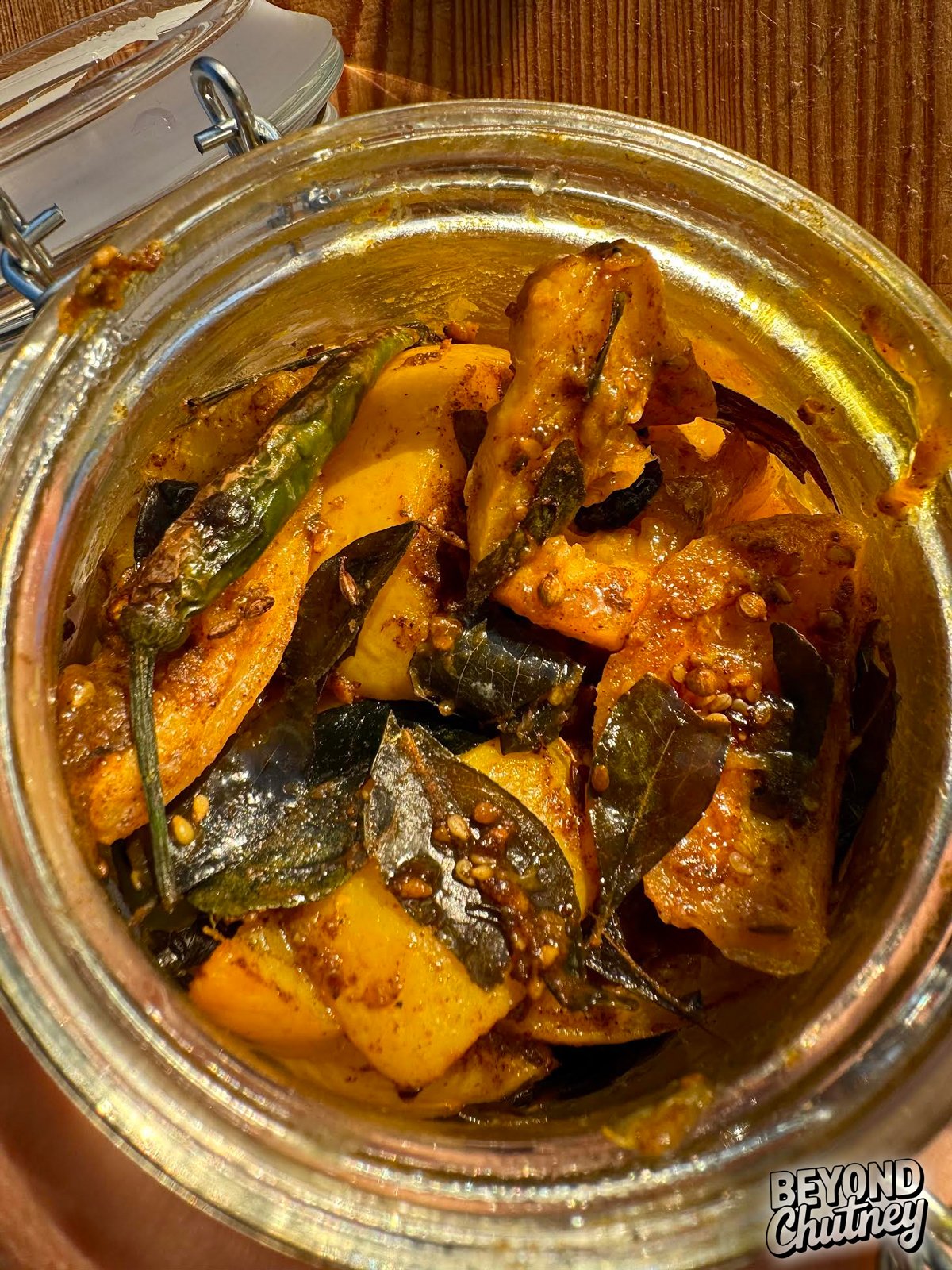
Lemon pickle was one of those flavors I didn’t fully appreciate until I started making it myself. Sharp, salty, a little spicy – and somehow comforting too.
Nimbu achar – the classic Indian lemon pickle – is more than just a side. For thousands of years, it’s been a way to preserve lemons in salt, spices, and oil. Every region, and often every family, has its own version. In South India, especially in Mysore, lemons are often steamed and tossed in aromatic spiced oil for a quick and punchy pickle.
Traditionally, this pickle is more than a flavor boost: it’s a family ritual, a travel companion, a digestive, and sometimes even a home remedy. It’s served with rice, dal, bread, or curd rice – and even a small spoonful is enough to bring everything to life.
My version brings in some gently modern but culturally familiar touches: ghee for warmth, smoked paprika for depth, raisins for sweet contrast, and roasted sesame for a bit of crunch. All ingredients rooted in Indian cooking – adding new layers without losing the soul of the pickle.
And don’t worry about it being too sour — steaming the lemons first takes away the sharpness, so the sourness doesn’t overpower and the spices can really shine.
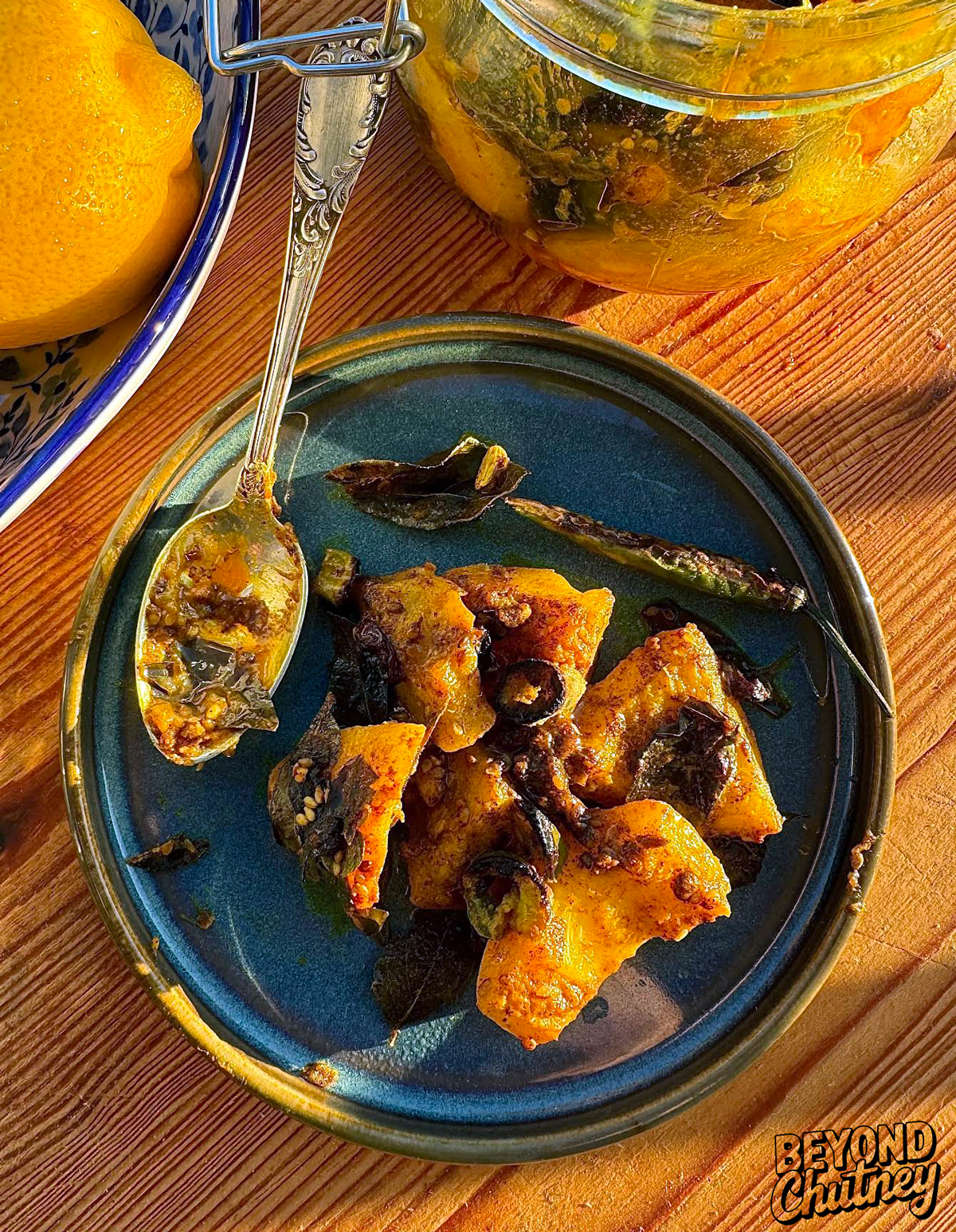
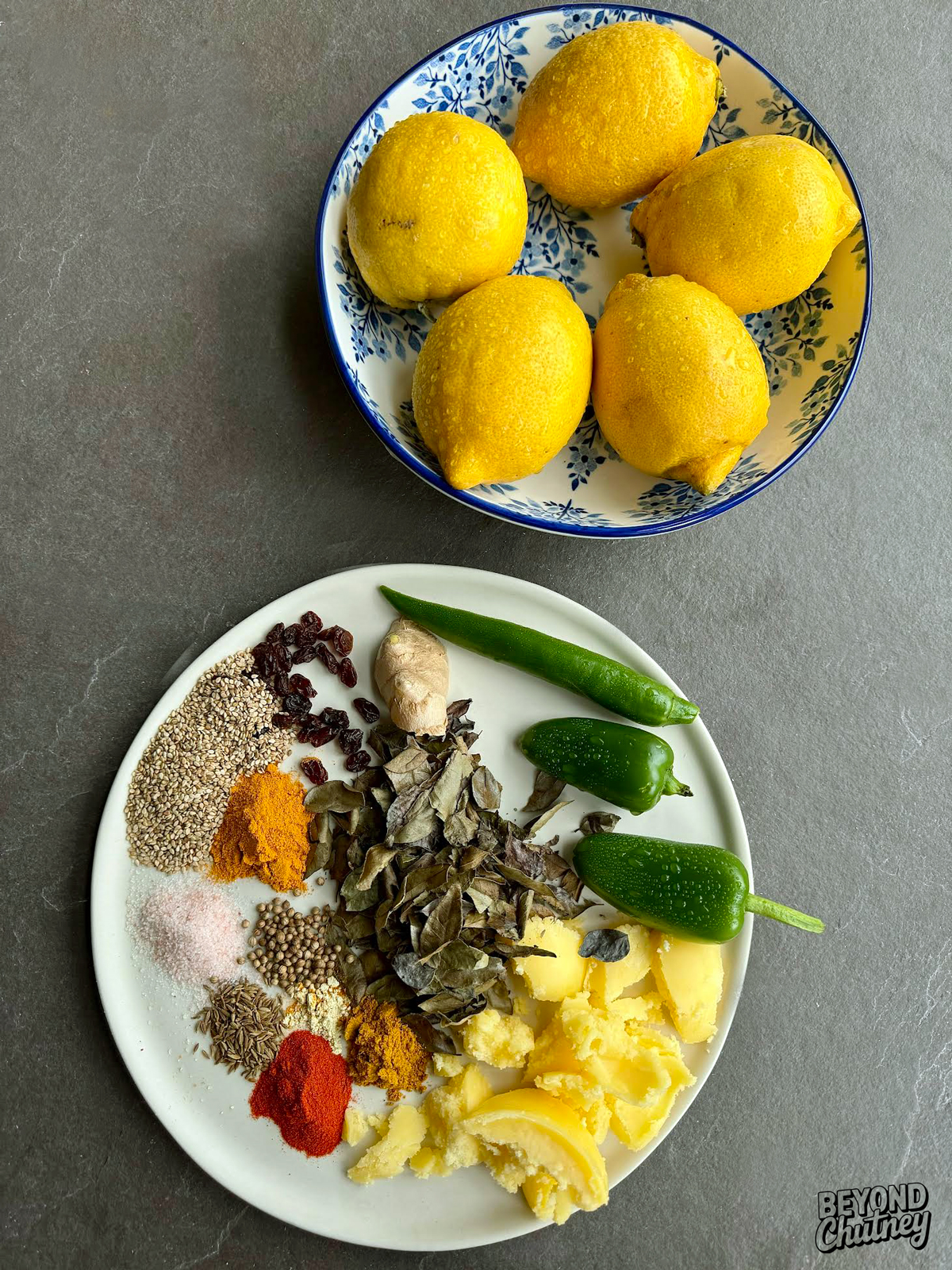
Spiced Lemon Pickle with a Smoky-Sweet Twist
Ingredients
- 600 g lemons cut into eighths (5–6 medium lemons)
- 30 ml ghee 2 tablespoons
- 10 g cumin seeds 2 teaspoons
- 10 g coriander seeds 2 teaspoons
- 5 g mustard seeds 1 teaspoon
- 5 g fenugreek seeds 1 teaspoon
- 2 g dried curry leaves about 10–12 leaves
- 15 g fresh ginger finely chopped (1 tablespoon)
- 20 g green chilies finely chopped (2 small)
- 3 g turmeric powder 1 teaspoon
- 3 g smoked paprika 1 teaspoon
- 3 g chili powder 1 teaspoon, adjust to taste
- 15 g salt 2½ teaspoons
- 25 g raisins 2 tablespoons
- 20 g toasted sesame seeds 2 tablespoons
Instructions
- Prepare the lemons: Cut lemons into eighths. Steam in a single layer over medium heat for 10 minutes until tender. Set aside.
- Toast whole spices: In a dry pan, toast cumin and coriander seeds until aromatic. Coarsely crush or leave whole, depending on texture preference.
- Tempering in ghee: Heat ghee in a large pan. Add mustard seeds, fenugreek seeds, and dried curry leaves. Once the seeds start popping, add ginger and green chilies.
- Spicing: Stir in turmeric, smoked paprika, chili powder, salt, toasted cumin and coriander seeds, and raisins. Cook over low heat for 1–2 minutes.
- Add lemons: Fold in the steamed lemons. Mix gently and simmer for another 2–3 minutes.
- Finish: Remove from heat and stir in toasted sesame seeds.
- Store: Transfer to a clean, sterilized jar. Once cooled, refrigerate. Keeps for 3–4 weeks. Flavor deepens over time.
Notes
- Lemons: Use unwaxed, organic lemons if possible. If your lemons have thick peels, you can steam them a little longer to soften the rind.
- Steaming vs. Sun-curing: This recipe uses a quicker, steamed method inspired by Mysore-style pickles. If you prefer the sun-cured version, you can salt the lemon pieces and leave them in a glass jar in sunlight for 5–10 days before proceeding.
- Salt: The amount of salt helps preserve the pickle. Don’t reduce it too much, especially if you plan to store it longer.
- Ghee: Adds a mellow richness, but can be swapped for sesame oil for a more traditional South Indian feel. Just make sure the oil or ghee fully coats the lemons to help with preservation.
- Storage: Store in a sterilized glass jar. Let the pickle sit at least 24 hours before eating so the flavors can meld. Refrigeration extends shelf life to 3–4 weeks, or even longer.
- Flavor gets better: Like most pickles, this one improves over time. If you can resist, wait 3–5 days before digging in.
- Serving suggestion: Tastes amazing with plain rice and ghee, curd rice, paratha, khichdi, or even on toast with cream cheese for a twist.
- Spice level: You can adjust the heat by using mild chili powder or smoked paprika, or increase it with green chilies or extra Kashmiri chili.


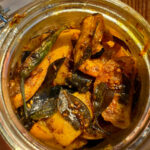
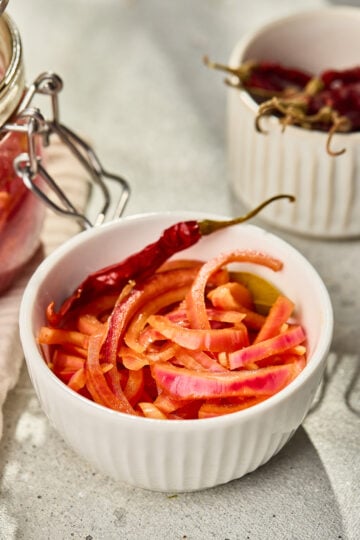
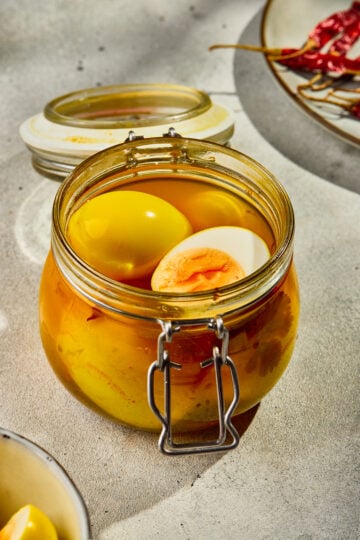
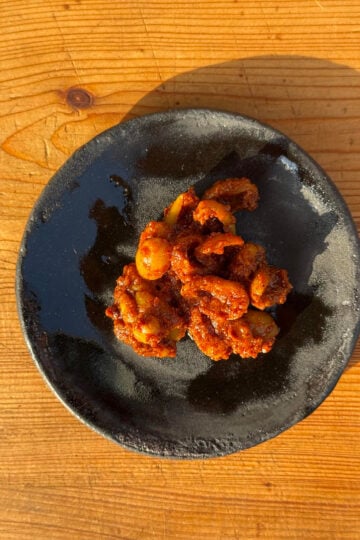
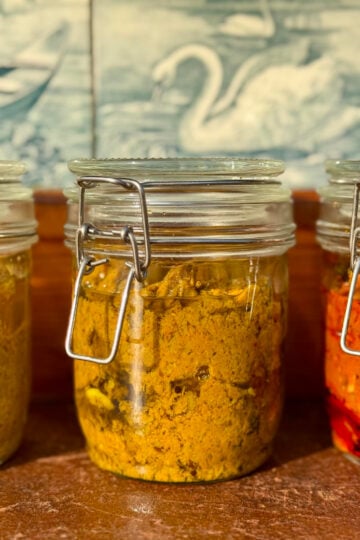
Have a question or something to share? Leave a comment below!